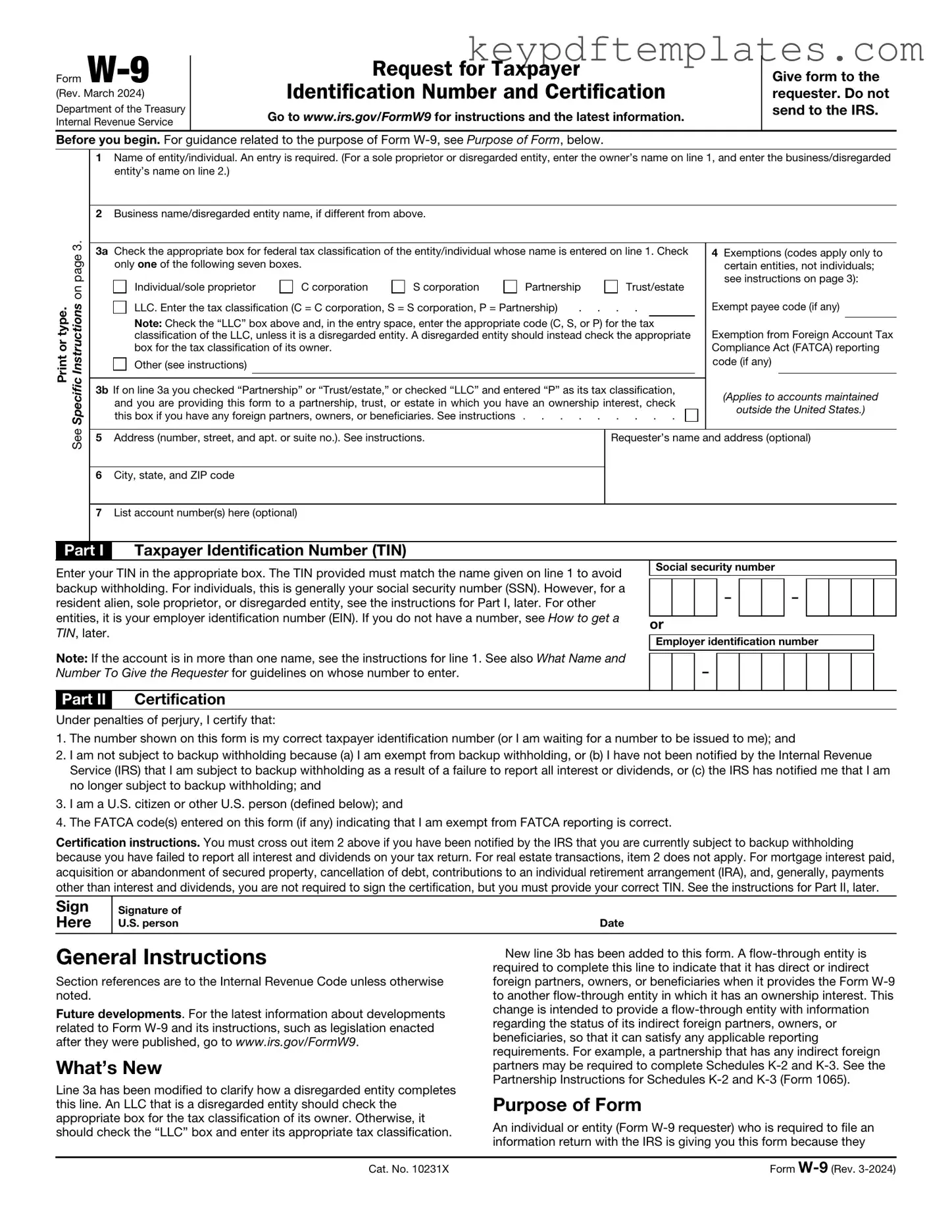The IRS W-9 form is a commonly used document, but there are several misconceptions surrounding it. Understanding these misconceptions can help individuals and businesses navigate tax-related matters more effectively.
- Misconception 1: The W-9 form is only for independent contractors.
While independent contractors often use the W-9 form to provide their taxpayer identification information, it is also used by various entities, including freelancers, vendors, and even some businesses that need to report payments made to others.
- Misconception 2: Submitting a W-9 means you will be audited.
Providing a W-9 does not trigger an audit. The form is primarily used for information reporting purposes and does not directly affect your likelihood of being audited.
- Misconception 3: The W-9 form is the same as a W-2 form.
The W-9 form is different from the W-2 form. A W-2 is used by employers to report wages paid to employees, while the W-9 is for individuals or entities to provide their taxpayer identification information.
- Misconception 4: You must submit a W-9 every year.
A W-9 does not need to be submitted annually. You only need to provide a new W-9 if your information changes, such as your name or taxpayer identification number.
- Misconception 5: Only U.S. citizens can fill out a W-9.
Non-U.S. citizens who are residents can also complete a W-9 if they have a taxpayer identification number. However, non-resident aliens typically use a different form, the W-8.
- Misconception 6: The W-9 form is only for tax purposes.
While the primary purpose of the W-9 is tax-related, it can also be used for other business transactions that require verification of taxpayer identification.
- Misconception 7: You should send your W-9 to the IRS.
The W-9 form is not submitted to the IRS. Instead, it is provided to the person or business requesting it, who will then use the information for their reporting purposes.
- Misconception 8: Completing a W-9 guarantees you will receive a 1099 form.
Filling out a W-9 does not guarantee that you will receive a 1099 form. A 1099 is issued only if certain payment thresholds are met, and not all payments require a 1099.
